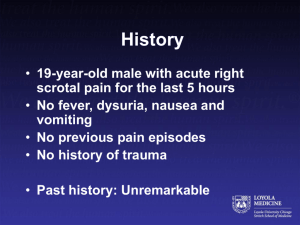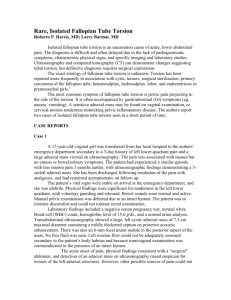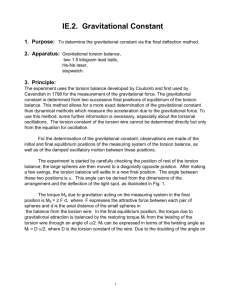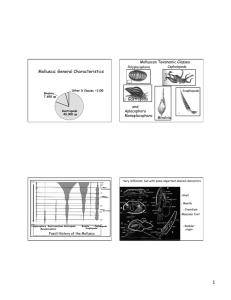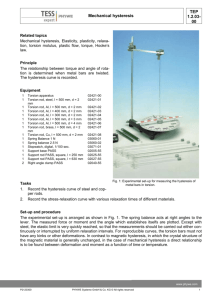A Case report By
advertisement
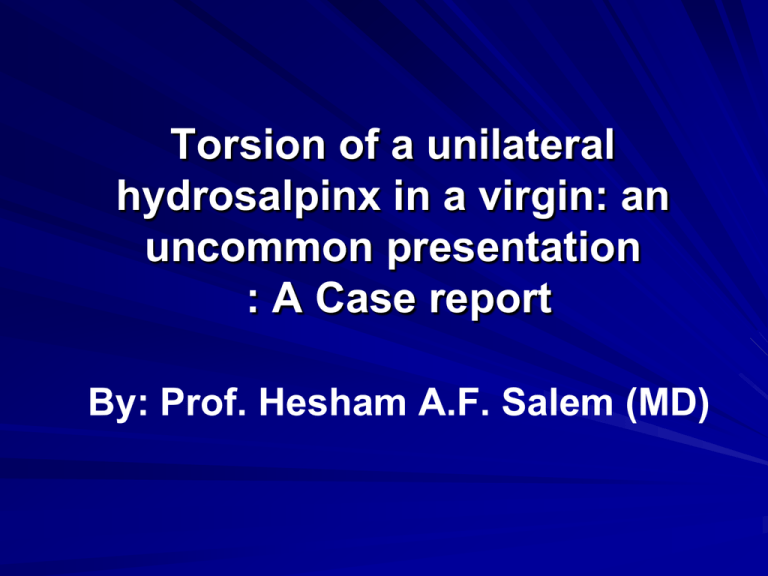
Torsion of a unilateral hydrosalpinx in a virgin: an uncommon presentation : A Case report By: Prof. Hesham A.F. Salem (MD) Presented by: Dr. Fady M. Shawky Ob Gyn Alexandria University The Fallopian tube rarely undergoes torsion on its own, even with the presence of a considerable hydrosalpinx. In the reproductive age group, the ovary commonly shares in a torsion process and the presentation is commonly a complicated “twisted “adnexa. Isolated torsion of the Fallopian tube was originally described by Bland-Sutton in 1890 Pre-operative diagnosis is rather difficult, owing to the lack of specific symptoms, signs and/or specific imaging or laboratory characteristics. The introduction of laparoscopy for routine use in gynaecology has changed the diagnostic and therapeutic approaches of Fallopian tube torsion. CASE REPORT A 18-year-old virgin presented with recurrent, lower abdominal pain taking an acute turn over the past 5 days. Gynecologic, medical and surgical history were unremarkable. On examination Afebrile and Normotensive. Deep tenderness in the left iliac fossa. Per vaginal examination revealed a tense cystic tender mass in the left adnexa. Investigations Laboratory tests were all normal. Normal serum markers for ovarian Neoplasia. Ultrasound revealed a cystic mass in the left adenexal region with intervening soft tissue. Laparoscopy revealed a dusky-blue twisted left hydrosalpinx. With no coexisting ovarian torsion. The adnexal fat planes were clean with no evidence of tuberculosis. endometriosis, PID or Left Salpingectomy was done. Histopathological examination revealed tubal dilatation with epithelial flattening and foci of haemorrhage within the wall. This case was unusual in that the presentation was on the left side, and in the teenage group, making it a rare presentation of a rare entity. Many reports indicate that torsion of the Fallopian tube is more common on the right side which be due to the presence of the sigmoid colon on the left side or to the slow venous flow on the right side. One the other hand, more cases of right sided pain are operated because of the suspicion of appendicitis, whereas left sided cases may be missed or resolve spontaneously. Proposed aetiologies for Fallopian tube torsion : Anatomical abnormalities: (long mesosalpinx, tubal abnormalities, haematosalpinx, hydrosalpinx) Physiological abnormalities: (abnormal peristalsis , hypermotility of tube, or tubal spasm) Haemodynamic abnormalities: (venous congestion in the mesosalpinx); Others: trauma, previous surgery or disease (tubal ligation, pelvic inflammatory disease); Conclusion Difficult pre-operative diagnosis made retrospective diagnosis is usually the case after diagnostic laparoscopy, which remains the reference standard in diagnosis and treatment. Fallopian tube torsion, though uncommon, should be included in the differential diagnosis of acute lower abdominal pain. Torsion of a unilateral hydrosalpinx Thank you
